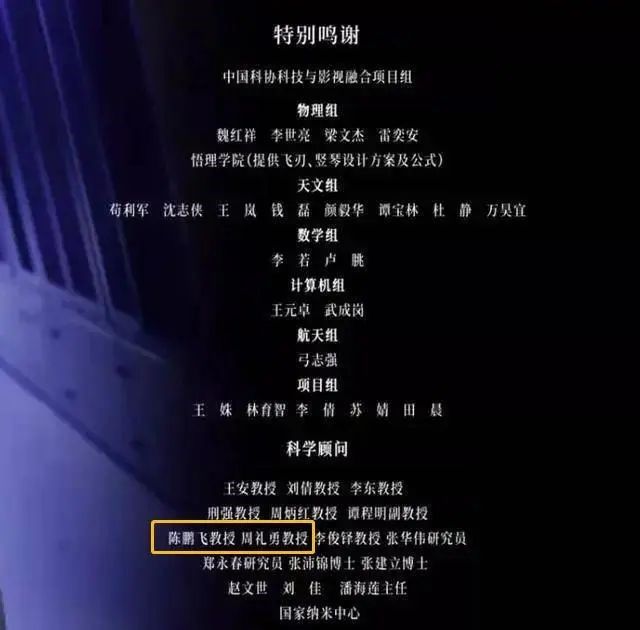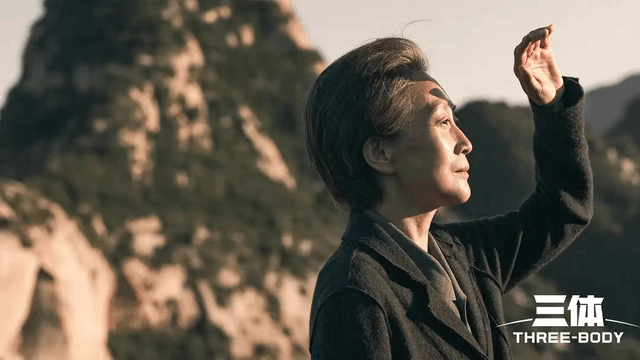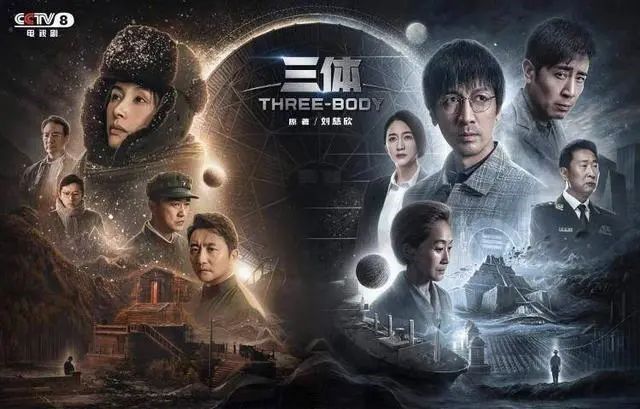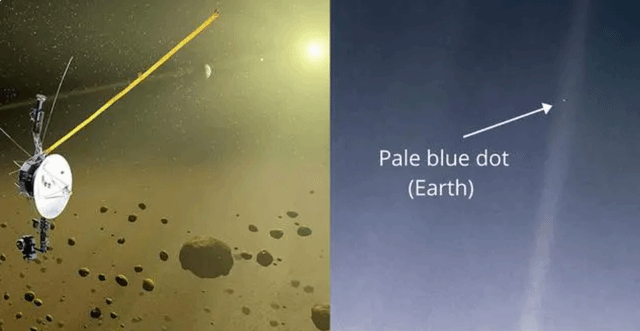The recently concluded TV drama adaptation of The Three-Body Problem has received widespread acclaim from fans of the original novel. Professors Chen Pengfei and Zhou Liyong from the School of Astronomy and Space Science, NJU served as academic consultants for the production.


Zhou Liyong: Helping Ye Wenjie calculate the time of electromagnetic radiation.

Zhou Liyong is Professor at the School of Astronomy and Space Science. He earned his PhD from the Department of Astronomy, NJU in 2000 and has been teaching in NJU ever since.
The challenge of adapting science fiction for the screen lies in effectively and accurately explaining and portraying scientific principles and technologies. In the initial stages of scriptwriting, Zhou Liyong served as a science consultant, ensuring the plot's rationality by verifying the accuracy of data and planetary ephemeris. Additionally, he reviewed various perspectives and numerical values related to the speed of electromagnetic radiation mentioned in the original novel.

According to Zhou Liyong, his work in the project primarily was to provide specific answers to research questions, as he had no prior knowledge of the plot. From his perspective, the intense discussions surrounding The Three-Body Problem serve as a reflection of the public's immense interest in science. He believes that a well-crafted science fiction has the potential to significantly enhance people's understanding of scientific concepts and can even inspire more students to pursue the study of astronomy. Zhou Liyong expressed his satisfaction at being given the opportunity to contribute to this endeavor.

Chen Pengfei: Revising Ye Wenjie’s paper

Chen Pengfei is Changjiang Scholar, a distinguished professor at the School of Astronomy and Space Science in NJU. He is engaged in research in the field of solar physics within the broader domain of astrophysics, including phenomena such as solar flares, coronal mass ejections, and dark filaments.
Chen Pengfei mentioned that in the TV show, the character Ye Wenjie publishes a paper in Acta Astronomica Sinica discussing the solar model. The production team prepared a six-page draft of the article. They asked him to review and revise it. Impressed by their meticulous approach, Chen was motivated to go through all the actual articles published in the journal that year.

Chen believes that fostering positive interaction between researchers and the film and television industry is highly beneficial. He cites the example of Nobel Prize winner Kip Stephen Thorne, who not only served as a scientific consultant for the science-fiction blockbuster Tenet but also worked as a producer on the film Interstellar.

Chen Pengfei was captivated by astrophysics as a student and pursued it as his major during his PhD studies. In 1990, Voyager 1 captured an image of the Earth in the deep, black void of space. There, our planet is a tiny, pale blue dot. This image left a profound impact on Chen, as it evokes a sense of the insignificance of individuals and their conflicts in the grand scheme of things. It serves as a reminder of the vastness and magnificence of the universe. However, Chen also acknowledges the lessons learned from humanities education that, despite the individual's smallness, humanity as a whole is capable of greatness, and the boundless human intellect extends even beyond the expanse of the universe.
Translator: Xu Boyang
Editors: Chen Xing, He Yao